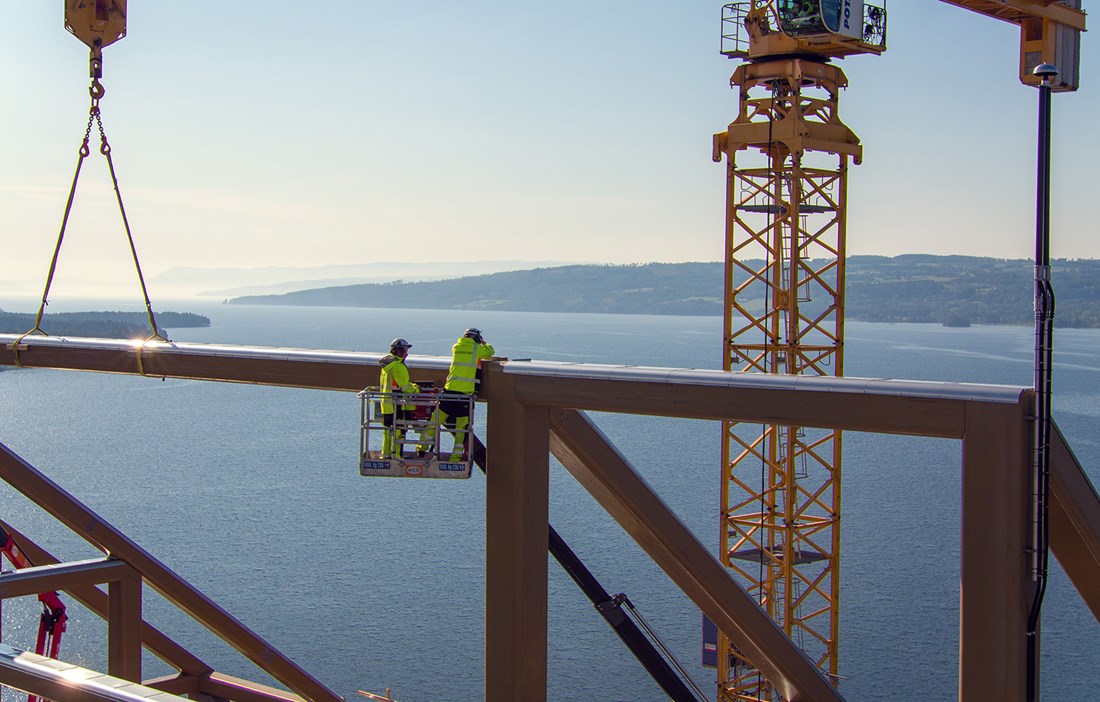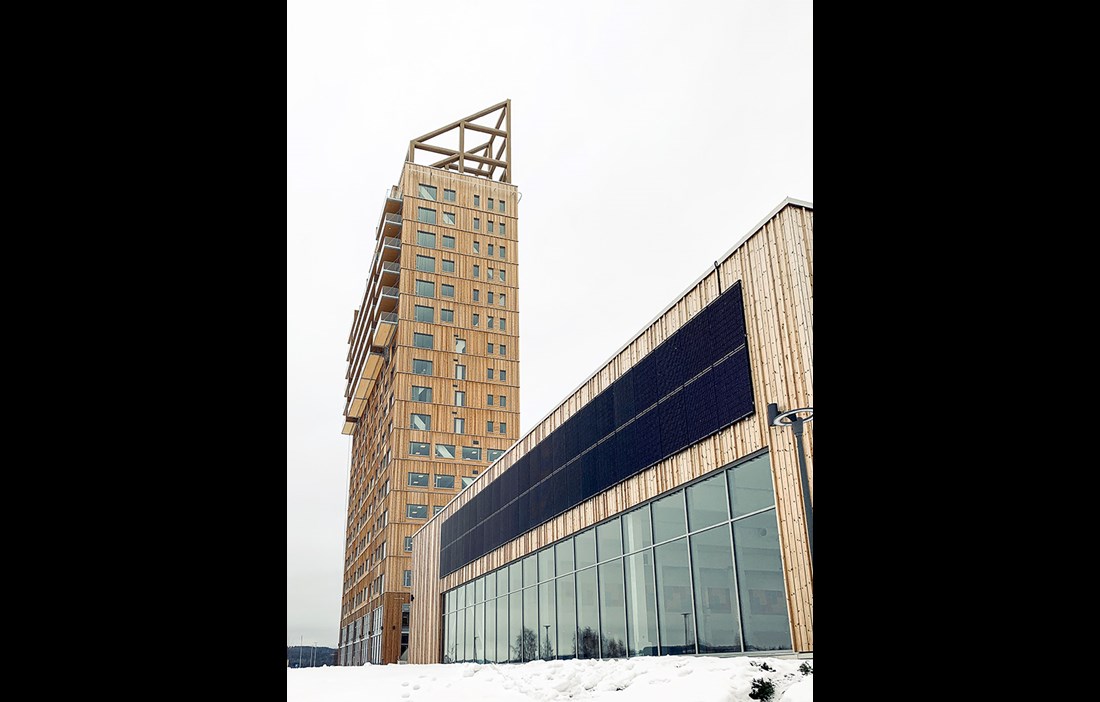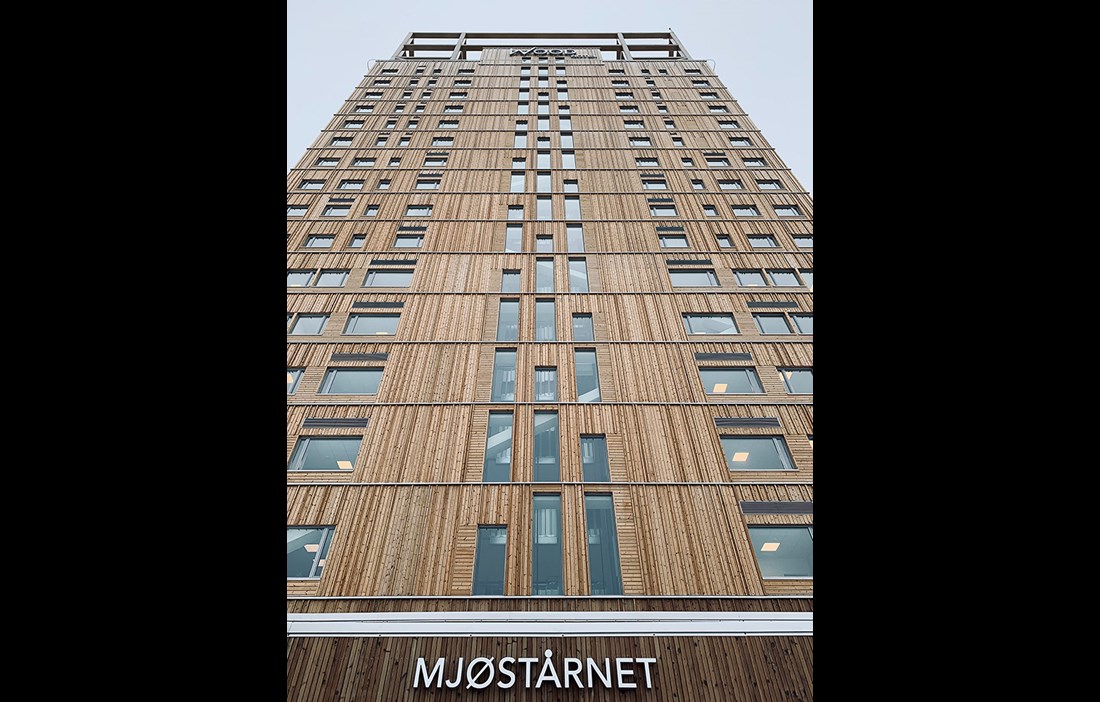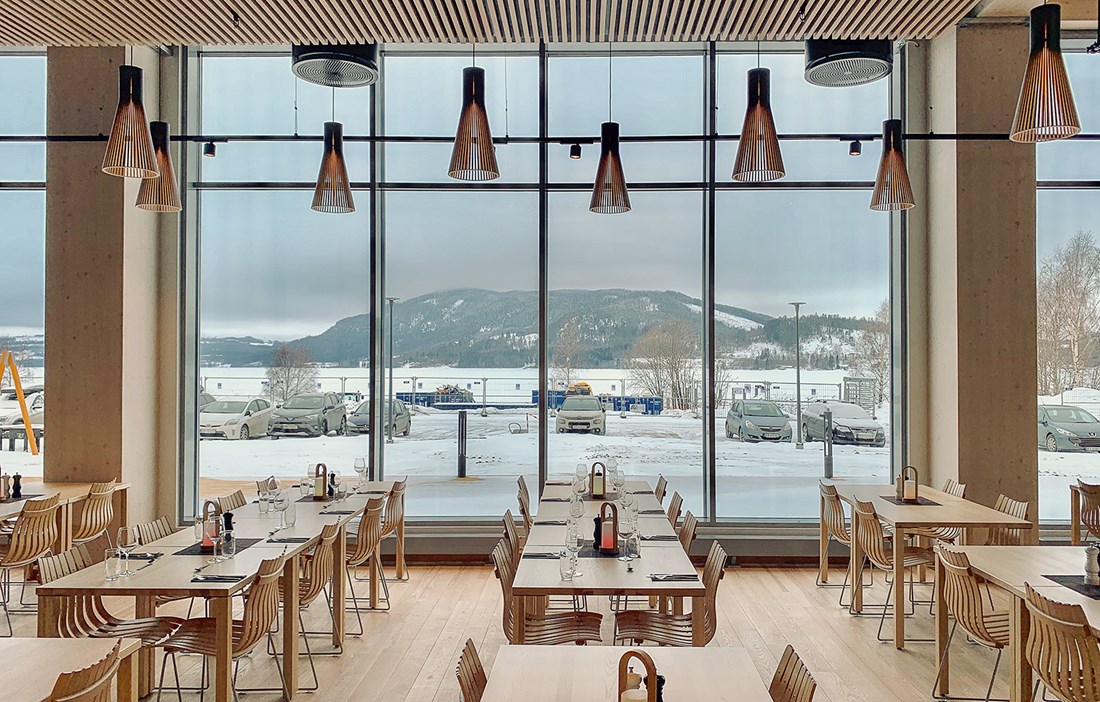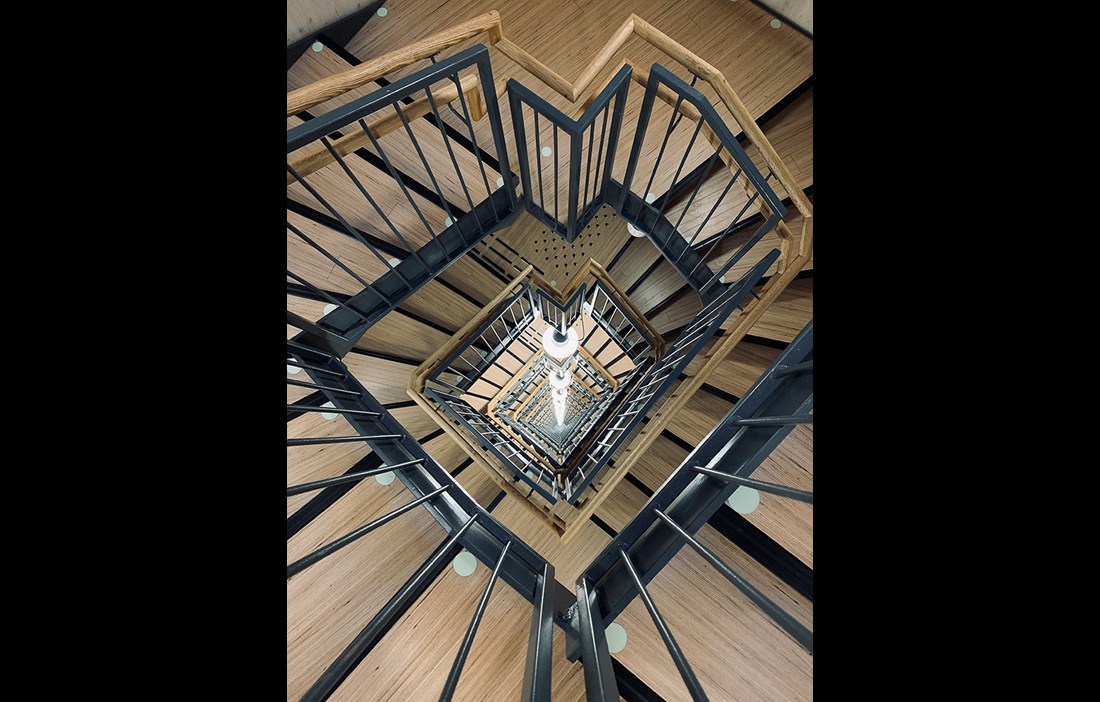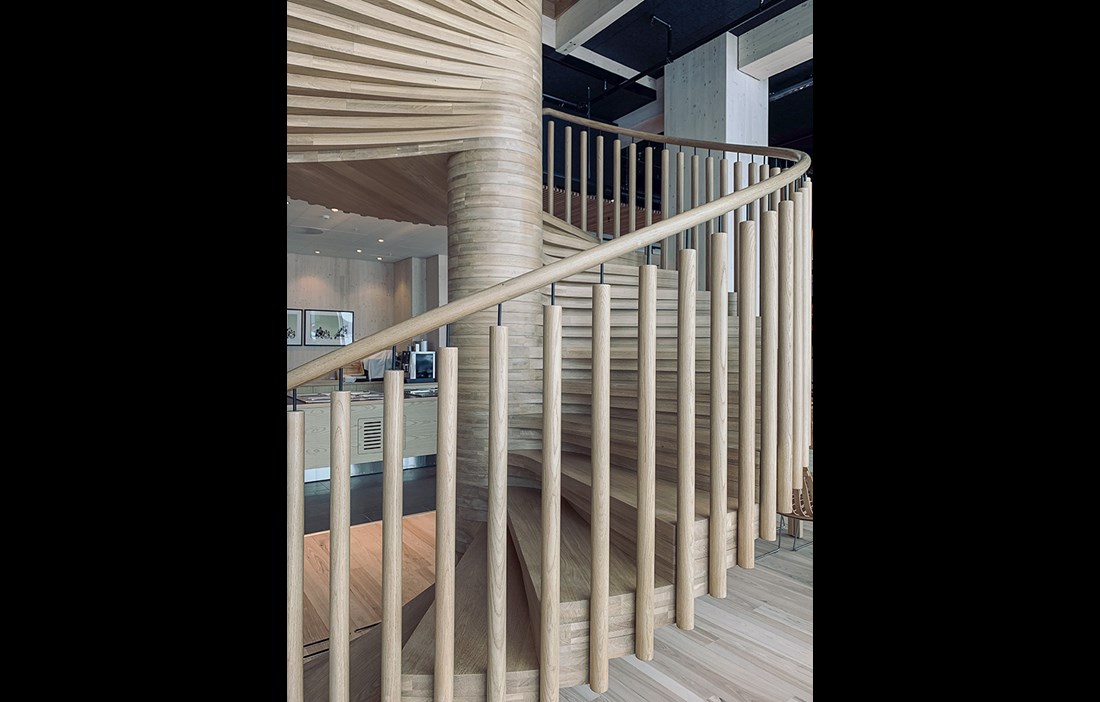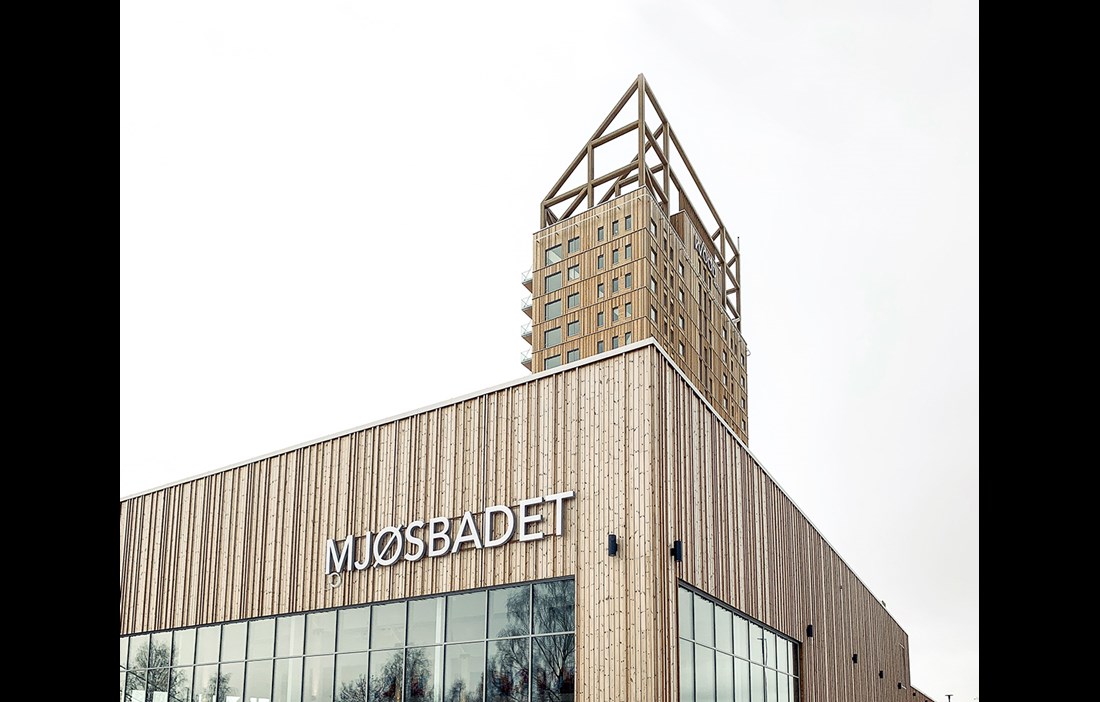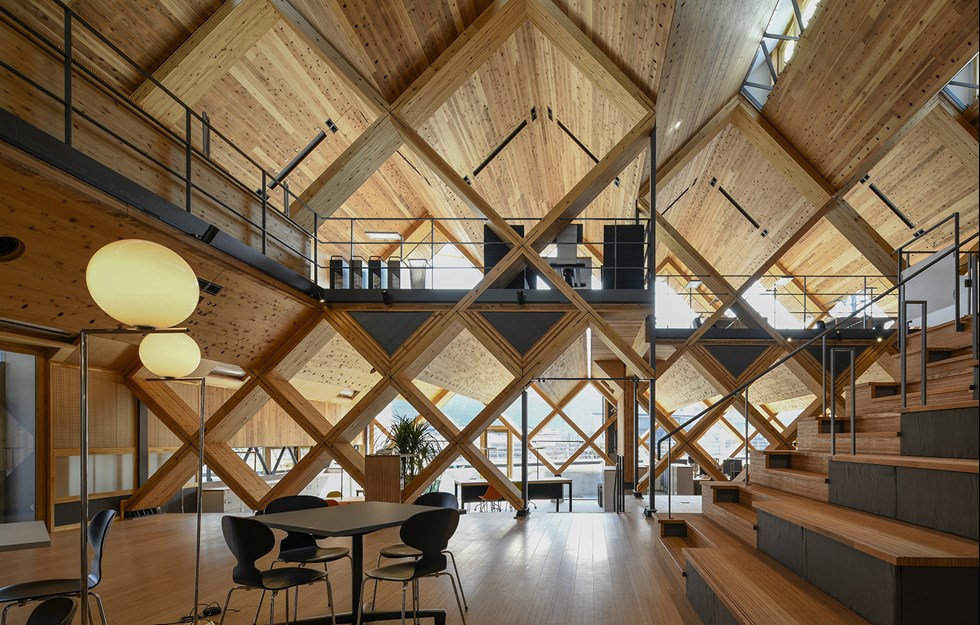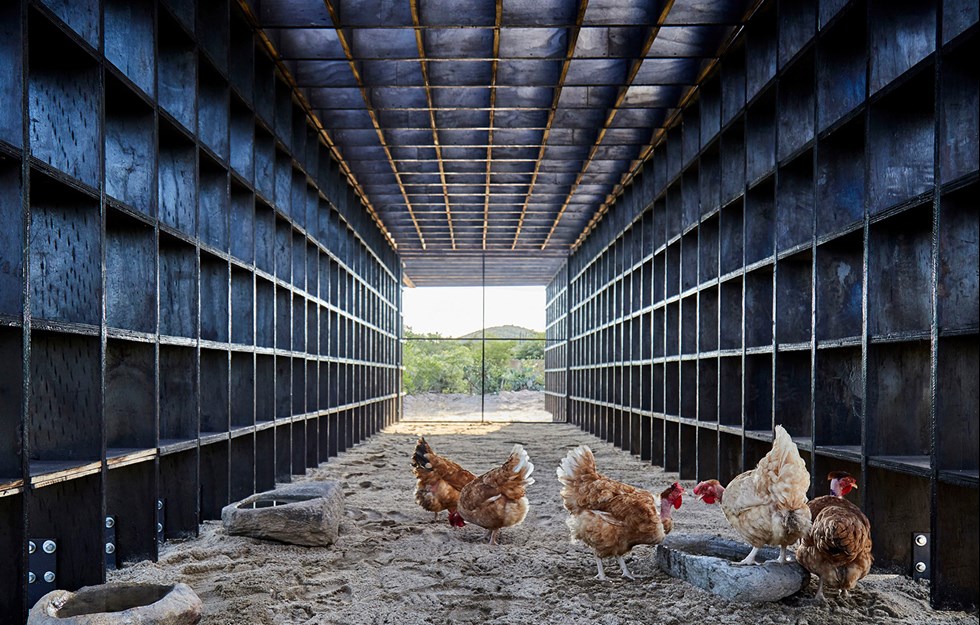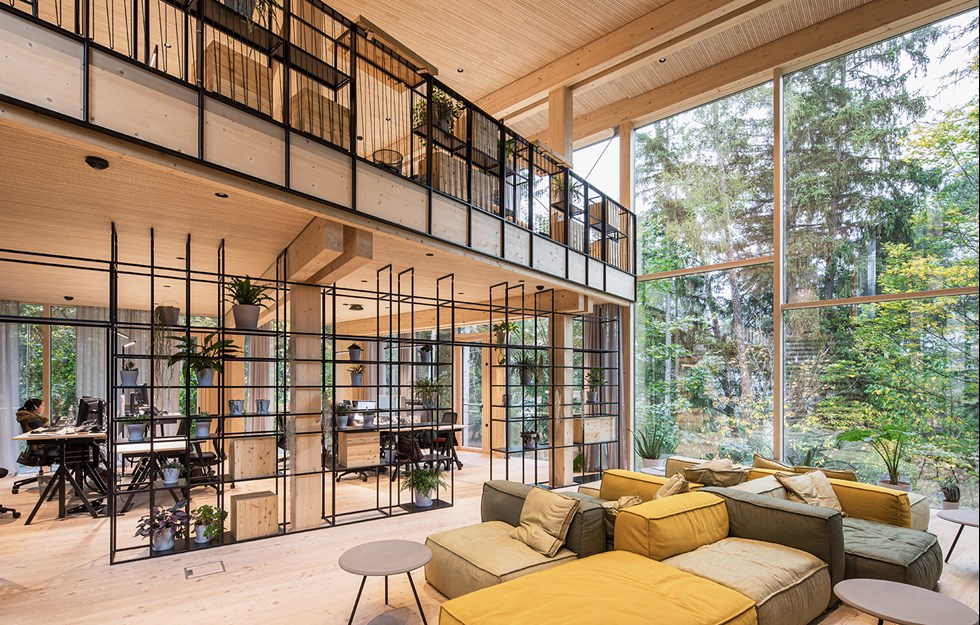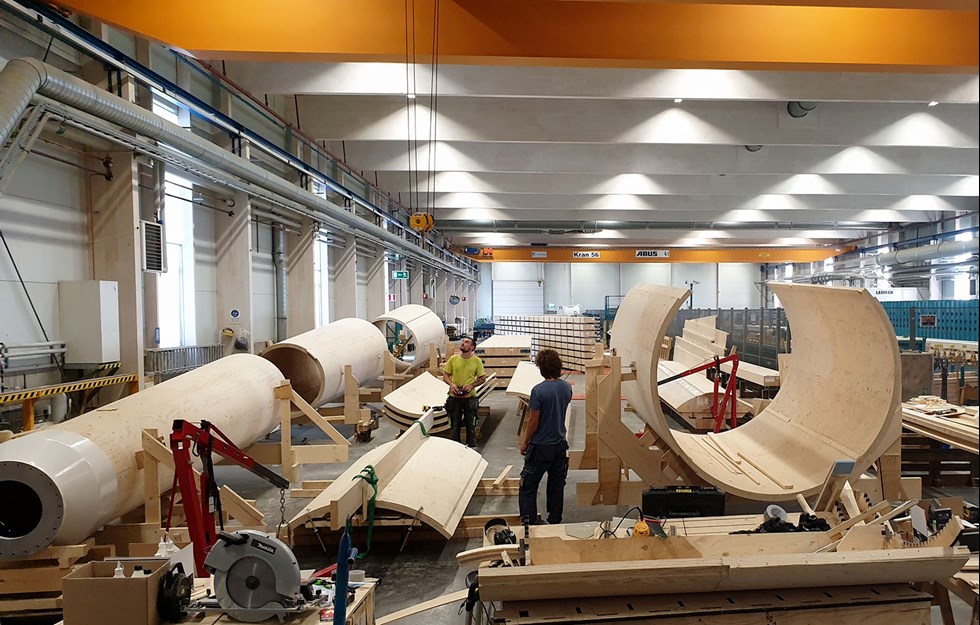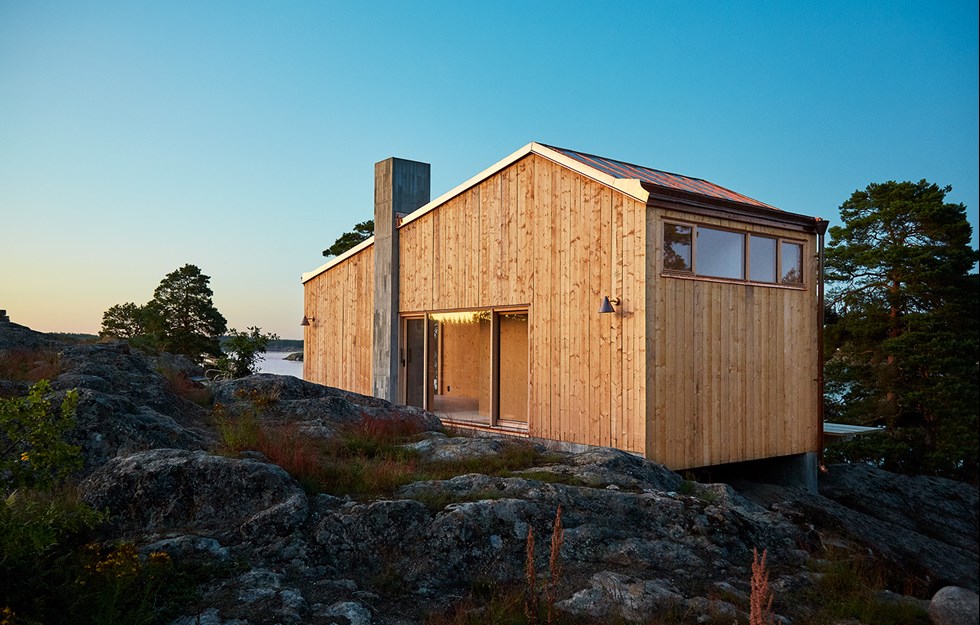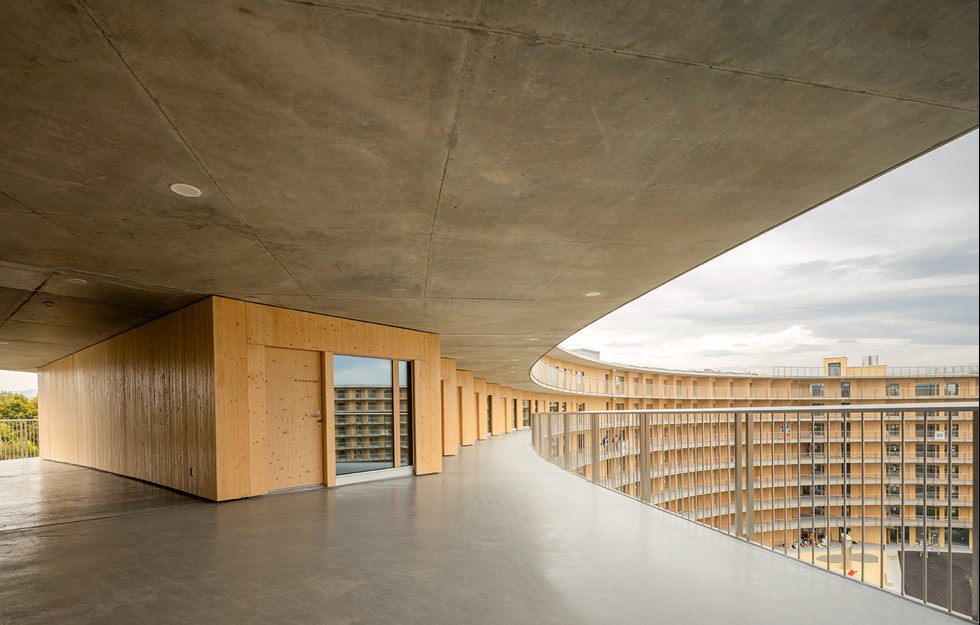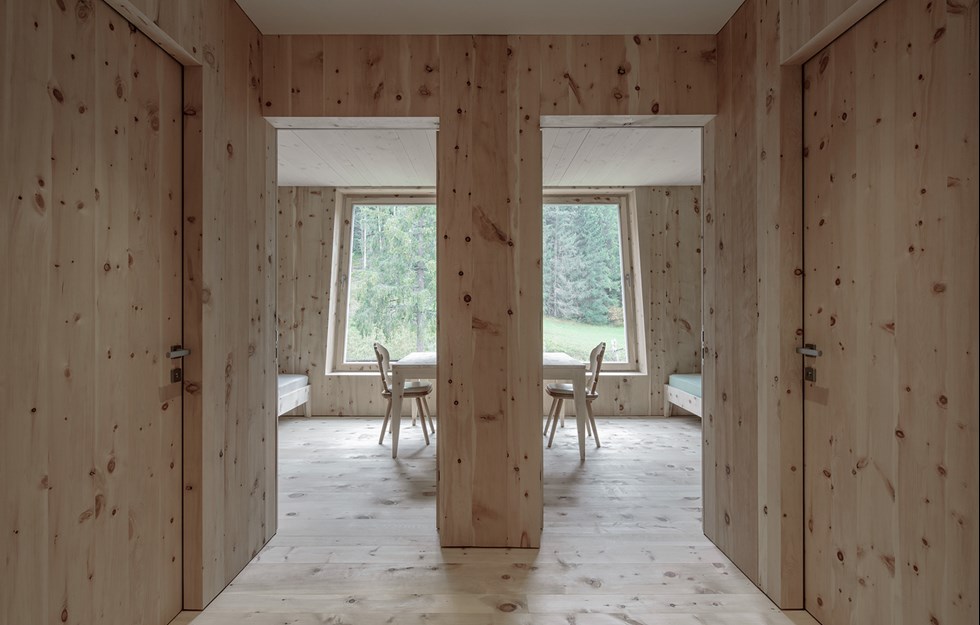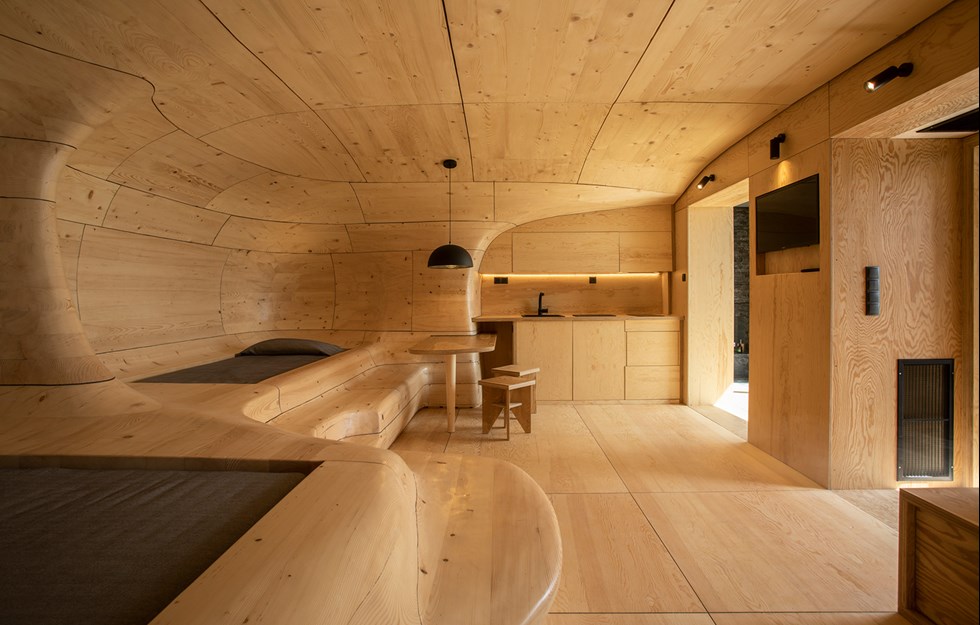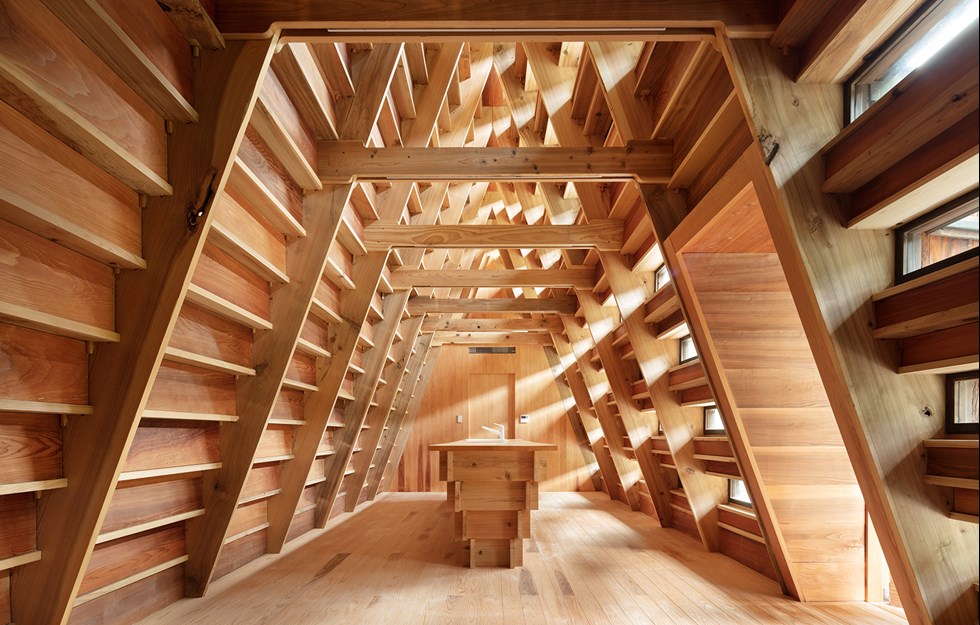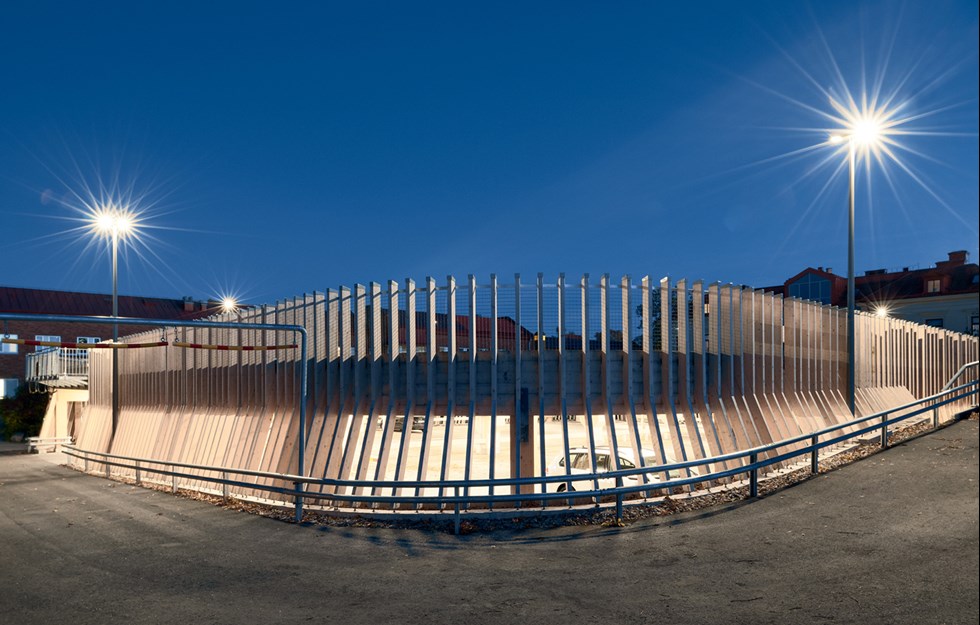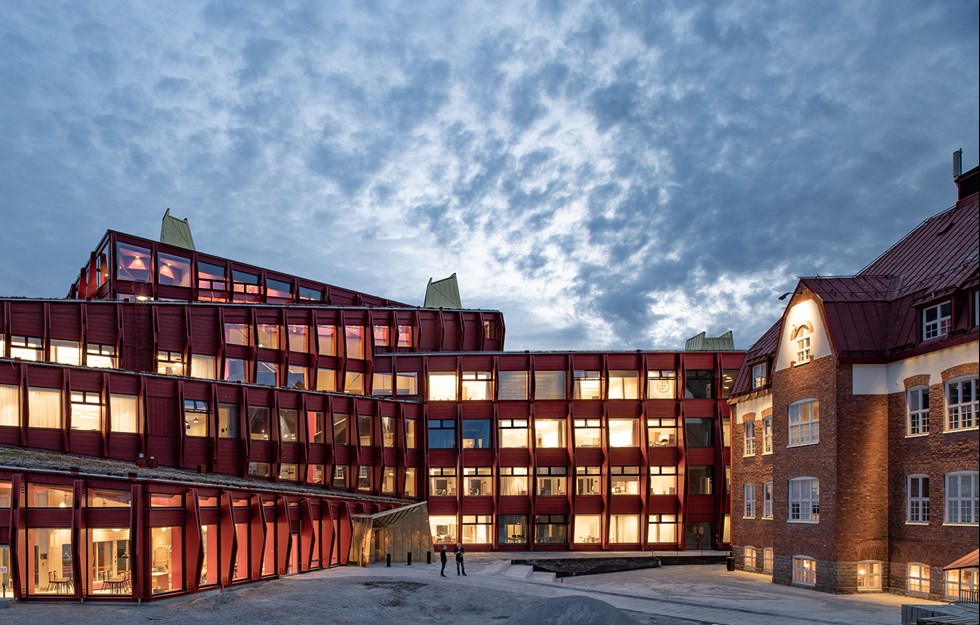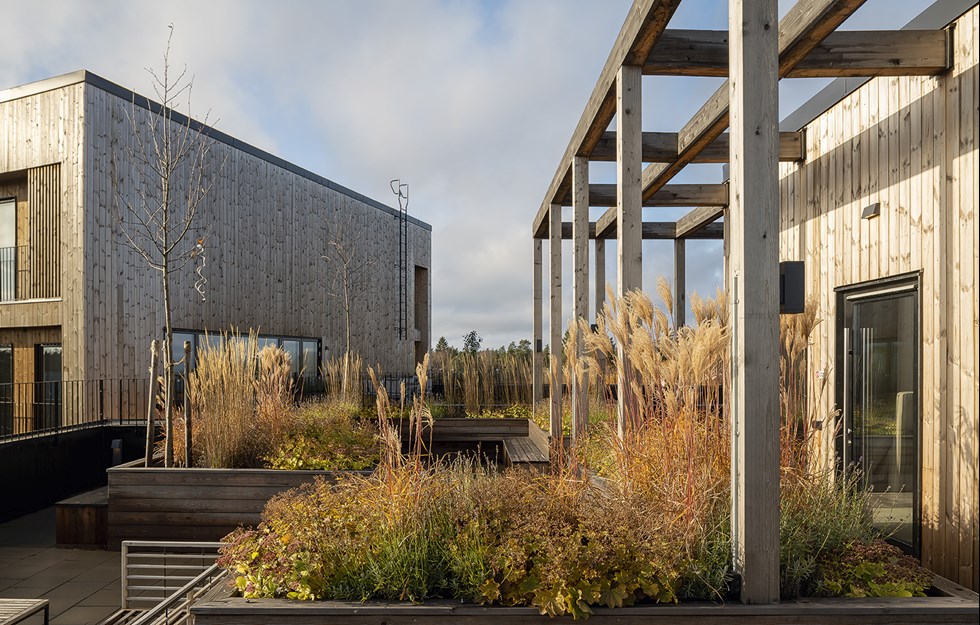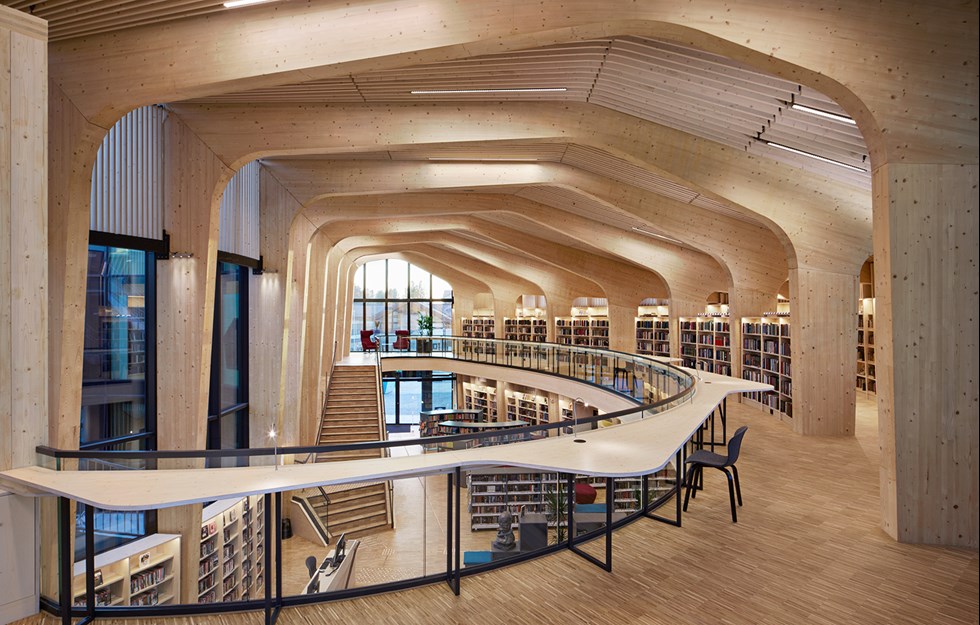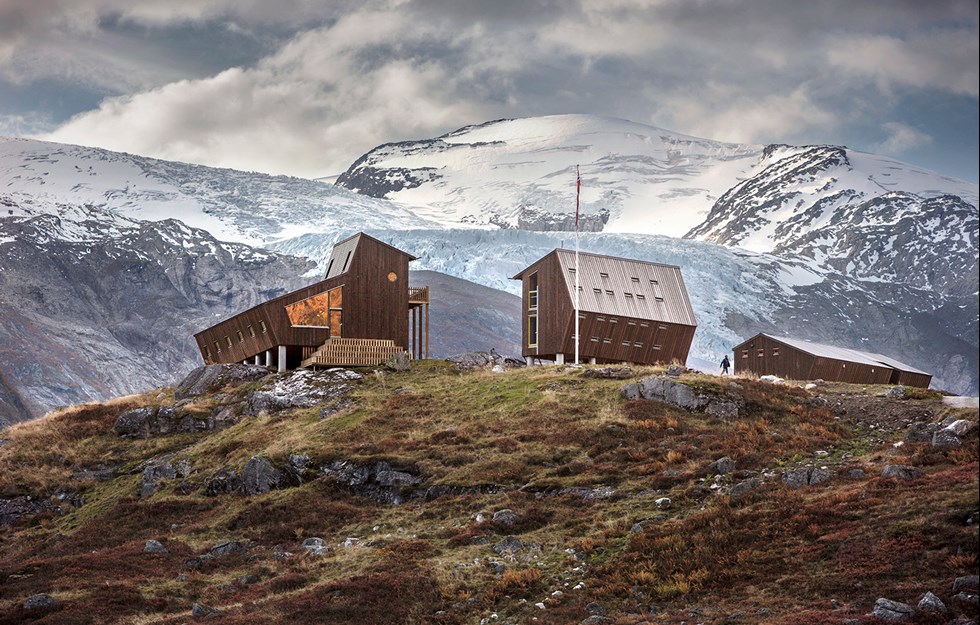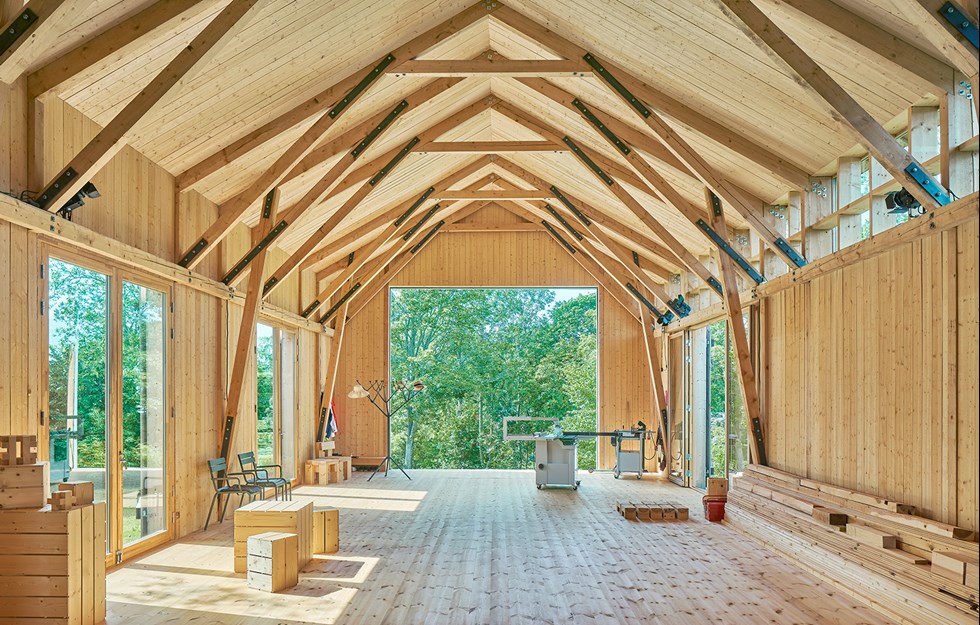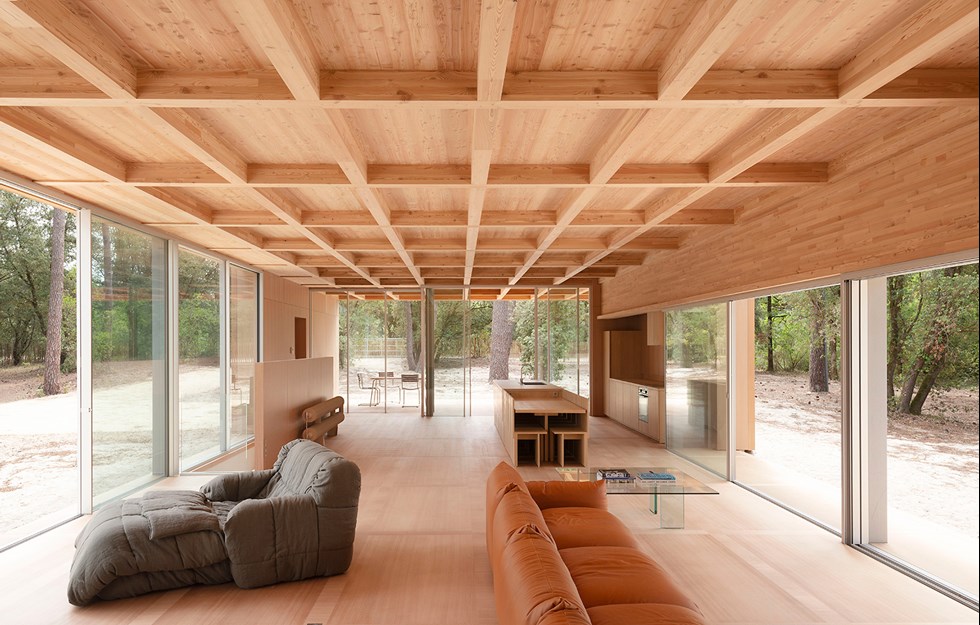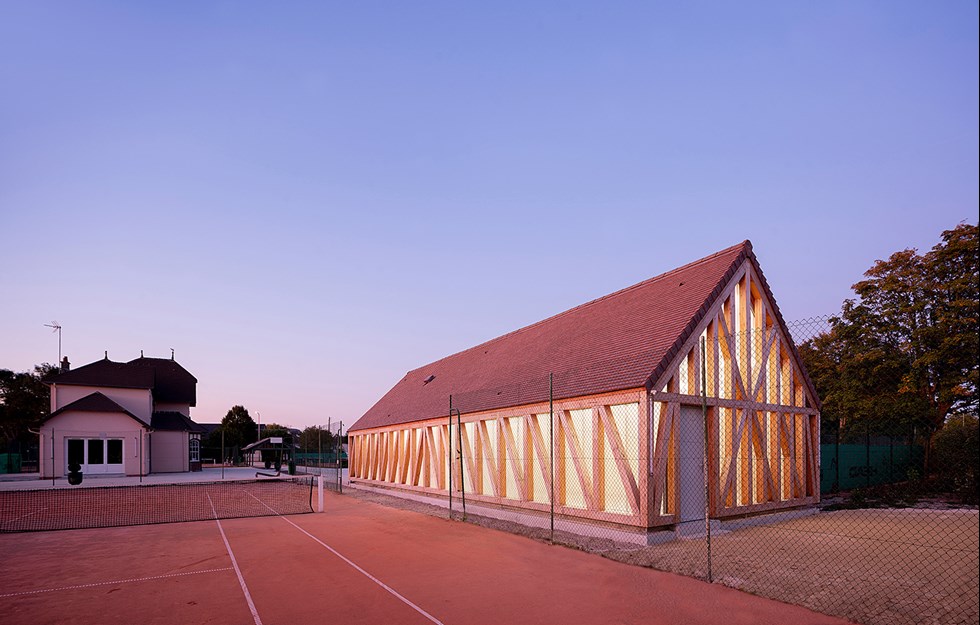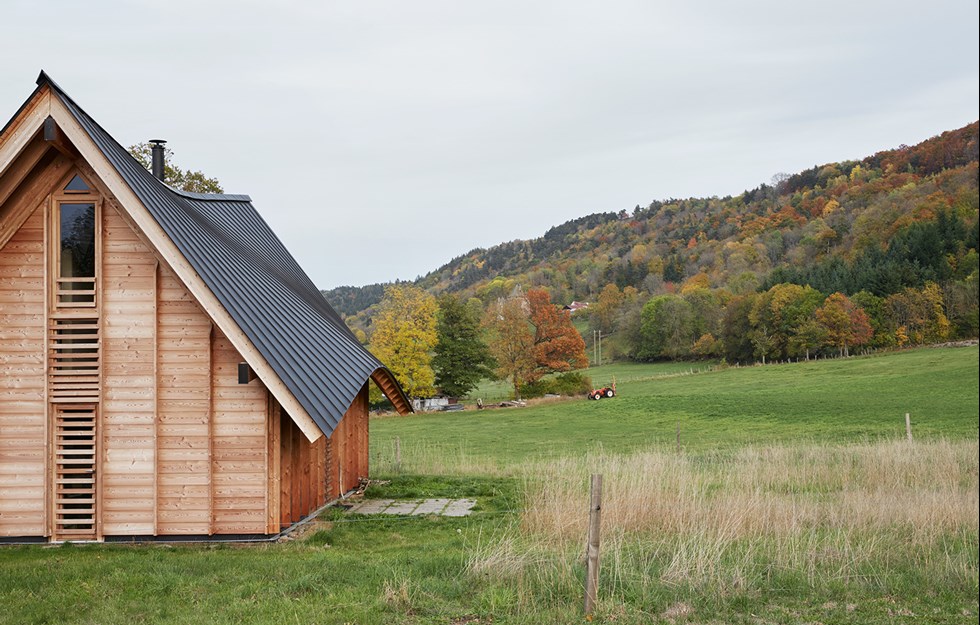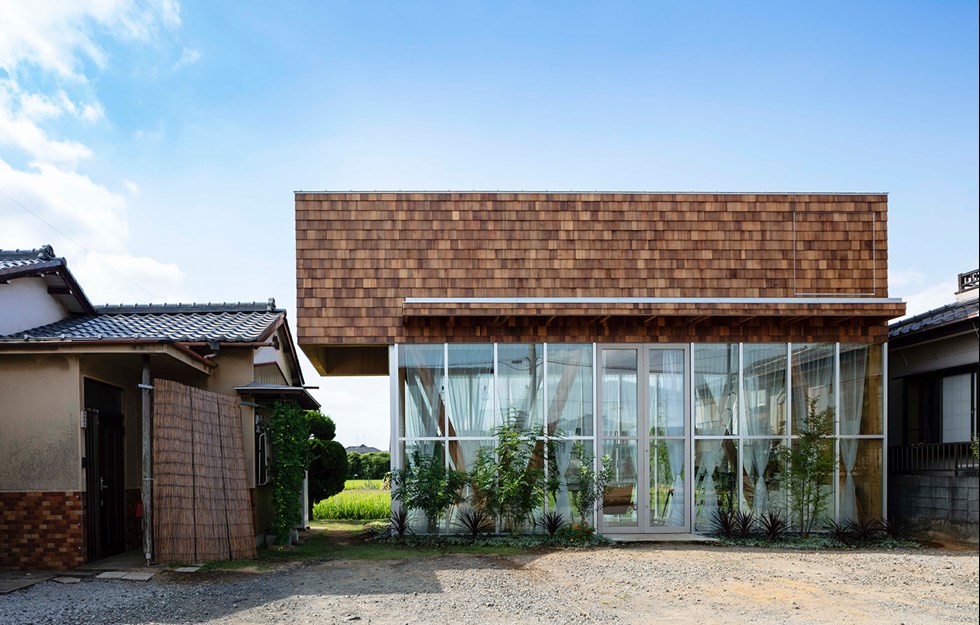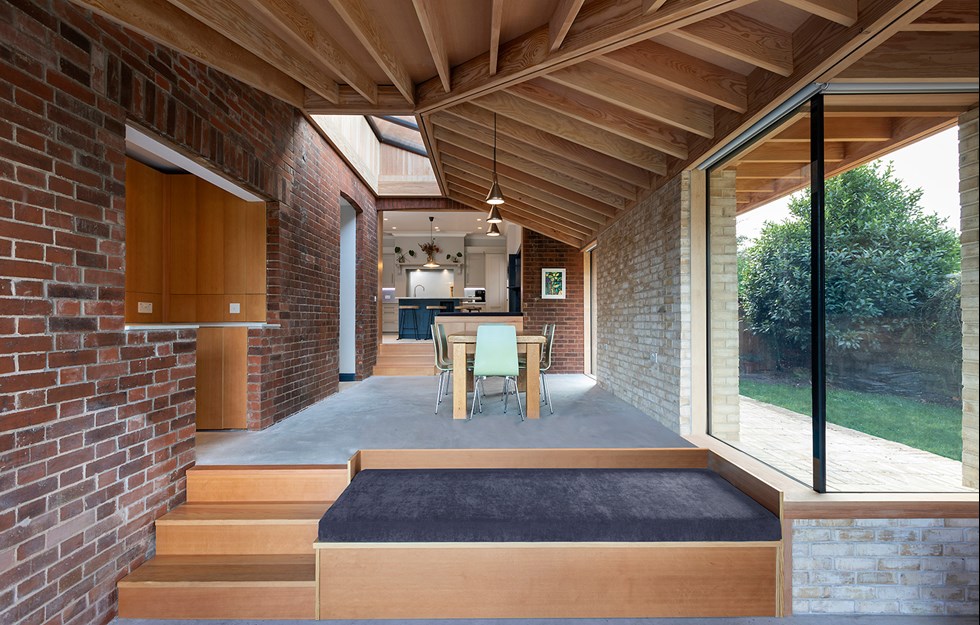What does an investor do if he wants to prove the viability of building sustainably? Maybe launch a project that uses local suppliers and local, sustainable raw materials to build the world’s tallest wooden building? That’s what Arthur Buchardt did. The result is the 18-storey Mjøstårnet tower, a whole 30 metres taller than the previous record-holder.
The little community of Brumunddal, located where the Brumunda river enters Norway’s largest lake, Mjøsa, has become a global name. Here, a two-hour drive from Gardermoen Airport in Oslo, stands the world’s tallest wooden building.
“Mjøstårnet is a signature building for wood that has put Brumunddal on the map,” says architect Øystein Elgsaas of Voll Arkitekter in Trondheim, who is responsible for the design.
And that is exactly what the initiators of the project, Arthur Buchardt and his son Anders Buchardt of the company Invest, wanted. Local patriotism lay behind the choice of site. Their vision was to show the world that it was possible to go tall and be sustainable with wood, and to ensure that local suppliers and raw materials were the preferred choice.
“I’m all too aware of the Paris Agreement and carbon footprints and politicians who talk a lot about the green transition, but don’t do anything about it. So I began to think about a project that would show what can be done, with local resources, local suppliers and raw materials that are sustainable over the long term. We pictured a living showcase for the wood industry in the municipality of Ringsaker,” says Arthur Buchardt.
And so it was. Mjøstårnet’s viewing platform on level 18 offers views of the forest from where the quality spruces used in the glulam structure were sourced. Just next to that is the sawmill where the timber was sawn and the factory where it was glued together and then transported directly to the construction site.
The wall and roof elements, the flooring and the interior joinery for Mjøstårnet were also supplied by local wood processing companies.
“The short journey time for all the construction materials is unique for a project of this scale,” says Øystein Elgsaas.
But what really makes Mjøstårnet stand out is its height, at 85.4 metres, and the fact that its structure is made entirely from wood. The whole building rests on a concrete slab that is anchored into the rock with steel piles running almost 50 metres below ground. This makes the actual height of the building more like 130–140 metres.
The building is then constructed from four vertical trusses in glulam. The enormous glulam corner posts, 1,485 x 625 millimetres, and a further 10 posts in smaller dimensions, are crucial for the building’s load-bearing system. Diagonal glulam beams in the walls contribute to the building’s stability and strength, as do the internal CLT walls, which carry the weight of the two 74 metre-tall stairwells and three lift shafts, also made of CLT.
The design of the floor structure plays a critical role in the horizontal stability. From levels 2 to 11, these comprise prefabricated floor elements made of LVL panels, which are light and easy to install and allow for longer spans than floors made of cross laminated timber. Mineral wool insulation is held in place with steel brackets for the highest possible fire resistance.
From level 12 upwards, the wood floors are replaced with 300 millimetre site-cast concrete that rests on glulam beams.
“This means that the building is heavier towards the top, which is necessary to reduce its movement in strong winds, for the comfort of residents,” explains Rune Abrahamsen, CEO of Moelven Limtre, which supplied and installed glulam beams and structural elements for Mjøstårnet.
The 18 storeys create an elegant and varied landmark, with the floors split between offices on levels 3 to 7, a hotel with 72 rooms across levels 8, 9, 10 and 11, plus apartments on levels 12 to 16. Level 17 houses conference facilities with capacity for 150 people and a further two apartments. The project also includes a public aquatic centre with two 25-metre swimming pools. The total floorspace is around 16,500 square metres. Right at the top, Mjøstårnet is crowned by an airy wooden pergola that is anchored into the concrete floor of level 18. The beams in the pergola are designed to minimise air resistance. The building thus has a distinctive roofline that harmonises with its surroundings, offering a space to enjoy stunning views of town and country.
The actual glulam structural frame of Mjøstårnet was delivered in pre-processed form and assembled on the ground, then lifted into place in sections, four or five floors at a time. Then the floors and external walls were installed, so that the next section could begin.
All the external walls were prefabricated and supplied – from a factory on the other side of the road – with cladding, windows, insulation and moisture barrier already in place.
This means that the process of building Mjøstårnet avoided the time-consuming erection of external scaffolding. Instead an enormous tower crane was used to lift the frame and the wall units into place with great accuracy which, coupled with the well-oiled logistics, significantly shortened the construction time.
The steel components that bind together the glulam or anchor it to the concrete are of the same design and high quality as those used in large bridges and tall buildings. Each steel part is inset well into the wood so that it remains unaffected in the event of a fire.
“Tests have been conducted showing that glulam retains its strength even after 90 minutes in a fully developed blaze. After a fire test, the wood in a glulam post measuring 50 centimetres square was still completely white and sound just beneath the burnt surface,” states Rune Abrahamsen.
All the timber in the external walls is also impregnated with a fireproofing treatment. In addition, acid-proof fittings have been used between the floors to prevent lines of rust on the façade. At the same time, this provides extra protection against the unlikely event of a fire in the external wall structure.
Vertical cladding has been used on the walls in order to accentuate the height of the building. The full-storey-height cladding can be fitted without any joins, making it less vulnerable to wind and weather.
“We’ve fitted the cladding so it forms a rhythmic pattern. This creates a play of shadow on the façade that makes the effect of the weather on the wood less obvious,” explains Øystein Elgsaas.
Internally, exposed structural details such as beams and diagonals have been treated with a white stain to make them feel like an integrated and harmonised part of the furniture.
“This is all about a wooden building, so it’s good to see wood so widely represented on the inside too,” says Øystein Elgsaas.
Text Mats Wigardt

